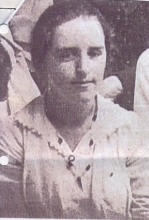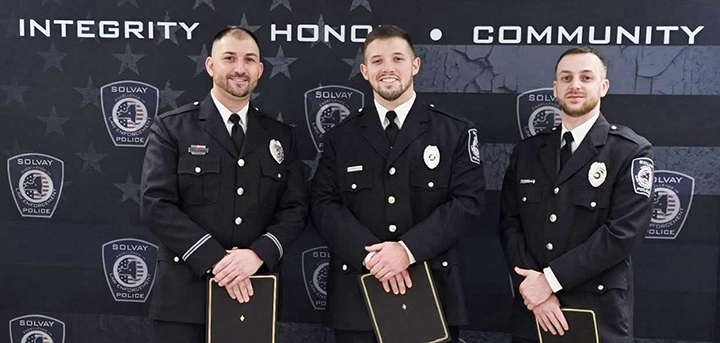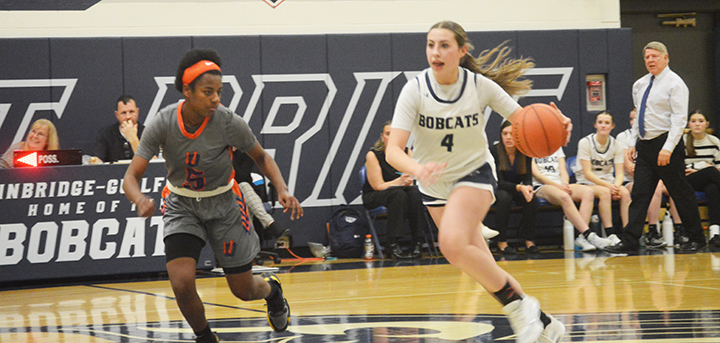Schools of the Past: Greene: Tracing a rural teacher’s career
The history of the numerous district schools in the township of Greene have been completed, although it may be stated safe to say that there is still historical documentation that was not included in the many articles that have been written. This writer cannot claim any credit regarding the title of this article as Mrs. Ross wrote this documentation and to her full credit is due for its contents. This writer will relay this documentation exactly as Peg wrote it for publication correct me if I am not correct, in the Chenango-American - the news publication for Greene and surrounding areas.
“The one-room schoolhouse has become such a part of romanticizing the past that I’d like to continue to focus on the hardships that accompanies the running of these schools. We usually hear stories about the students and what they remember about the routine and how far they had to walk. This article (note: she had written previously on the school subject) will be about the teachers and what they had to do to prepare themselves. Imagine being the young male teacher written by Laura Ingalls Wilder in Farmer Boy.








Comments